Stefania Frasz-Wajszczuk (0062)
Trembowla - Nazareth
Stefania
Frasz – wife of Zbigniew Ireneusz (“Zbyszek”, “Ireneo”) Wajszczuk - was
born in 1923 in the county of Janowiec in the Poznan voivodship and at
the age of one year moved with her family to Trembowla (south-eastern
part of Poland before the war - currently in Ukraine). Her mother died,
when Stefania was 6 years old and her father remarried one year later.
Stefania's father was a policeman and as such, after Soviet invasion on
September 17, 1939, was arrested, deported and jailed somewhere in the
Soviet Union already early in the autumn of 1939 (see
- files of the KARTA Information Center). Stefania and her
stepmother were deported on April 13, 1940 to Kazakhstan. The trip by
rail in a cattle car lasted over one month. They were placed in a "sovchoz"
(soviet government farm) "Bolshevik" in the Kokpekti county,
Semipalatinsk (currently Semej) region along the eastern edge of
Kazakhstan, near Karagand. They were housed in mud huts without doors or
windows, heavily infested with lice, flees and bed-bugs. After the July
1941 Polish-Soviet agreement, and "amnesty", they were released from
this labor camp and embarked on a trip to Jangijul, (which is located at
the southern edge of Kazakhstan - near Tashkent in Uzbekistan), where
the newly-formed Polish Army was stationed. They travelled via
Ust-Kamenogorsk (on the river Irtysh). In Jangijul, they were successful
in finding Stefania's father, who was also released. After a short stay
in Jangijul they were transferred with the Army to Krasnovodsk (now
Turkmenbashi in Turkmenistan) and by boat across the Caspian Sea,
arrived to Pahlevi (currently Bandar-e Anzali) in Iran and then to
Teheran. Stefania and her father joined the Polish Army in May 1943 in
Teheran and then through Iran, Egypt, Lebanon and Syria arrived in
Palestine. In Nazareth Stefania enrolled in the "School of Junior
Volunteers" (a high school program) and on May 20, 1947 was awarded a
graduation certificate, which was handed to her by General Wladyslaw
Anders, at that time the Commander in Chief of the Polish Armed Forces
in the East. In 1947 the family arrived in England, where Stefania and
Zbyszek met in Foxley and got married in July of 1948. Stefania's father
and his wife, (also Stefania) left for Argentina later in 1948 - he died
there in 1974. Zbyszek's and his wife, Stefania's travel was delayed,
but they finally arrived in Argentina in 1951. The son Adam (0063) was
born while still in England and the daughter Ewa (0068) shortly after
arriving in Argentina in 1951.
Terebovlia -
https://en.wikipedia.org/wiki/Terebovlia
Terebovlia (Ukrainian:
Теребовля, Polish:
Trembowla) is a small city in the Ternopil Oblast (province)
of western Ukraine, and the administrative center of the Terebovlya
Raion (district). It is an ancient settlement that traces its roots to
the settlement of Terebovl which existed in Kievan Rus. The name may
also be variously transliterated as Terebovlya / Terebovla / Terebovlja.[1]
The population as of the 2001 census was 13,661; in 2012 there were
13,796 residents.[2] In 1913 the city counted 10,000 residents, of which
4,000 were Poles, 3,200 were Rusyns (Ruthenians) and 2,800 were Jews. In
1929 there were 7,015 people, mostly Polish, Ukrainian and Jewish. Until
September 17, 1939, the day of the Soviet invasion of Poland, Trembowla
was a county seat within the Tarnopol Voivodeship of the Second Polish
Republic. Prior to the Holocaust, the city was home to 1,486 Jews, and
most of them (around 1,100) were shot by Germans in the nearby village
of Plebanivka on April 7, 1943.
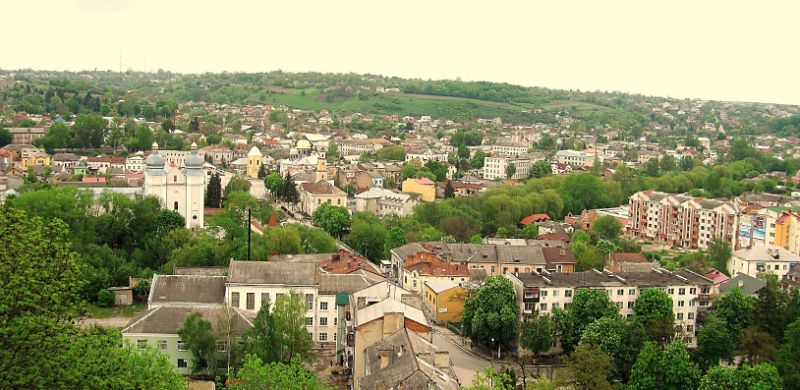
Terebovlia's Castle (17th century)
http://tic.terebovlia.info/interested_place/terebovlia-s-castle-17th-century/?lang=en
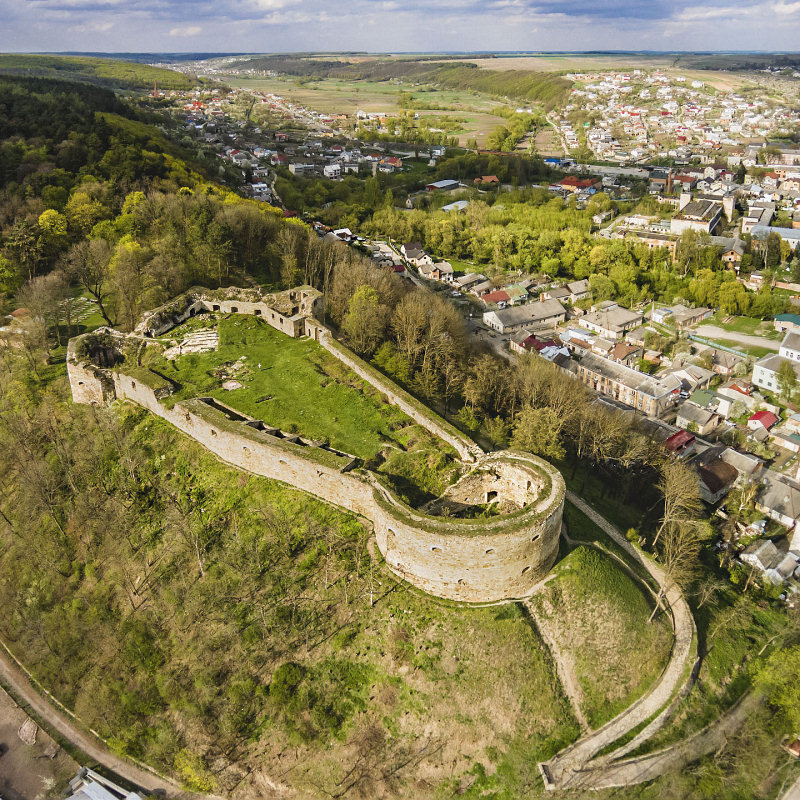
“History
of Terebovlia’s fortifications reaches to the roots in the days of wars
between princes, when Terebovlia, the capital town of principality, was
in hands of the descendant of large prince Yaroslav the Wise – kniaz (prince)
Wasylko Rostyslavych. Already then on Castle Hill was founded the Town
in the triangle form, that from the East was protected by ramparts,
remnants of which today can be found on the Castle Hill area.
So in 1341,
after the transition of Terebovlia under Polish rule in the southern
part of Castle Hill laid the foundation stone for future defenses. Then
the rock was carved in the well depth of about 45m (late 17th cen. was
covered and not functioning to the 19th century. However, this
fortification Casimir the Great stand until the end of the XIV century,
later was destroyed and burned.
Modern
appearance of Terebovlia’s castle came in the days of Captain Alexander
Balaban. The reason for building a strong fortress in Terebovlia were
frequent Tatar raids (about 15 times a year), in which the number of
residents decreased by half. The building of the new castle was finished
in 1632-33 years, it costed 9 thousand zł.”
1939
Invasions of Poland
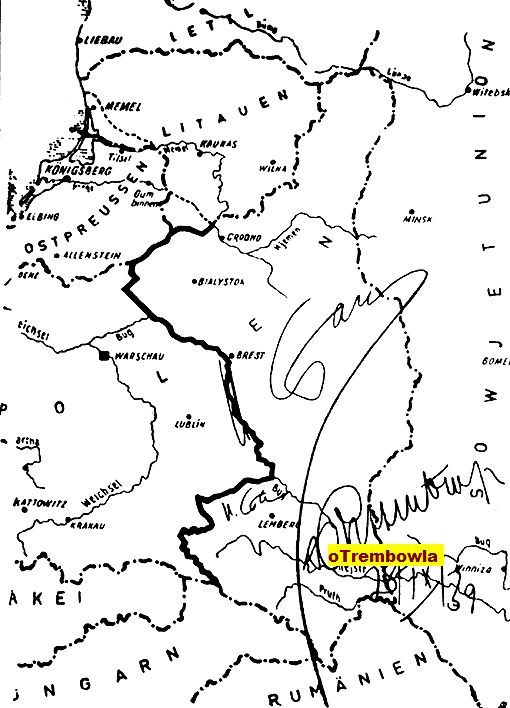
Ribbentrop-Molotow pact dividing Poland, signed in August 1939.
German-Soviet border drawn-out in the aftermath of the Nazi-Soviet
invasion of Poland, signed in Moscow by Stalin and Ribbentrop during the
Second Ribbentrop-Molotov Pact known as the Frontier Treaty of September
28, 1939. Southern part of these territories were incorporated into The
Generalgouvernement portion of the German-occupied Poland. (see below)
after German invasion on the Soviet Union on June 22, 1941 (Barbarossa
Operation)
https://en.wikipedia.org/wiki/Molotov%E2%80%93Ribbentrop_Pact
TREMBOWLA – Its location (in the south-eastern corner) is shown on the
map of Poland.
1939, September 1
 |
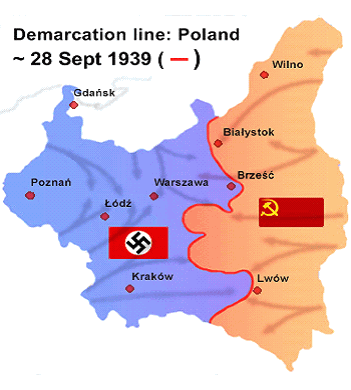
Temporary borders created by advancing German and Soviet
troops.
The border was soon readjusted following diplomatic
agreements
|
 1939, September 17
1939, September 17 |
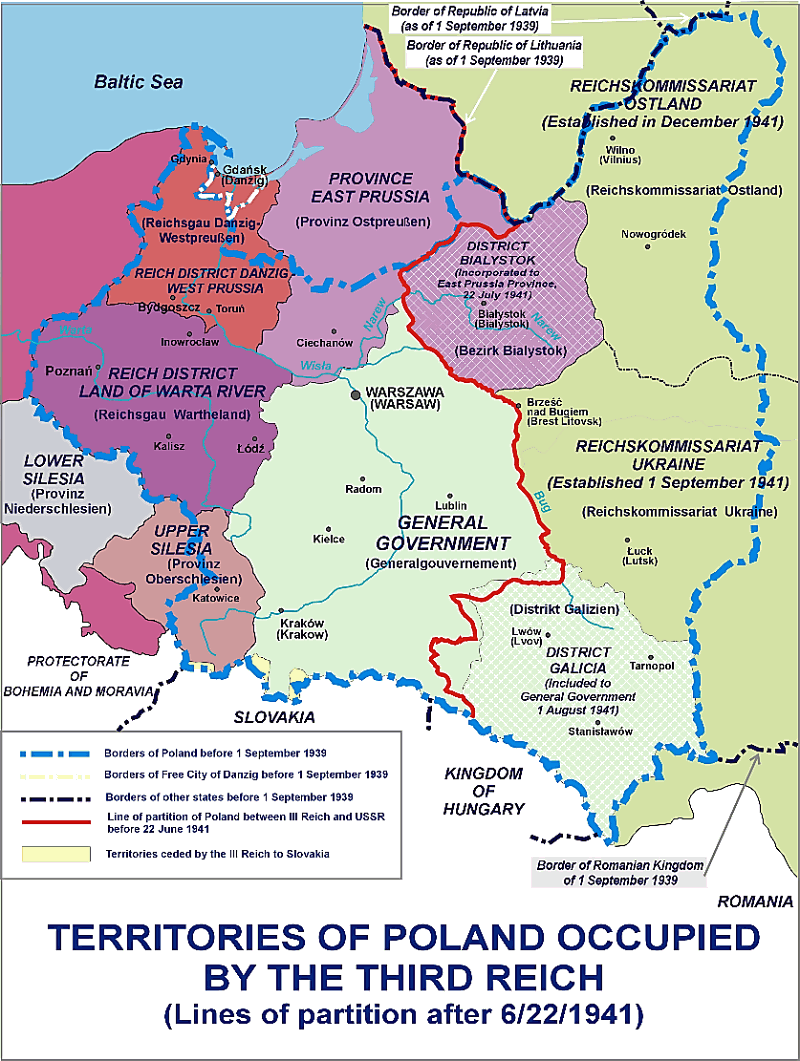
General Gouvernement
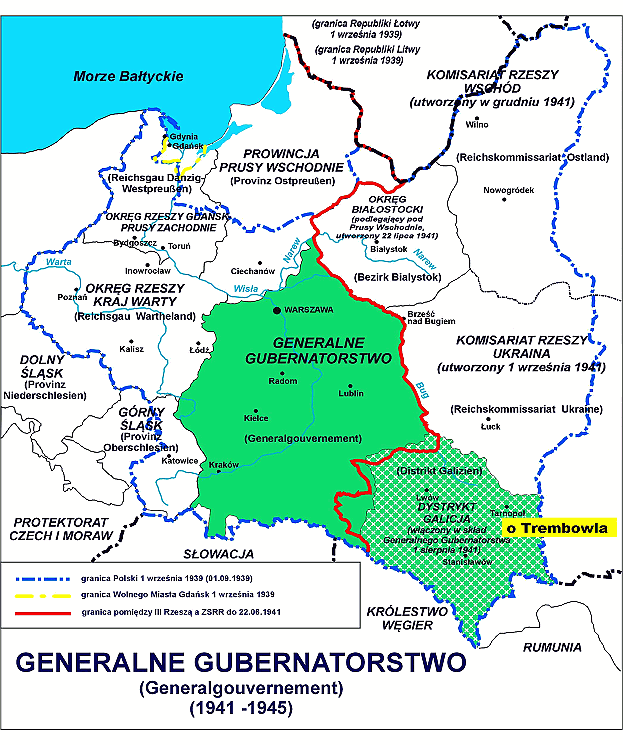
Sectors of prewar Poland under the Nazi German
occupational authority
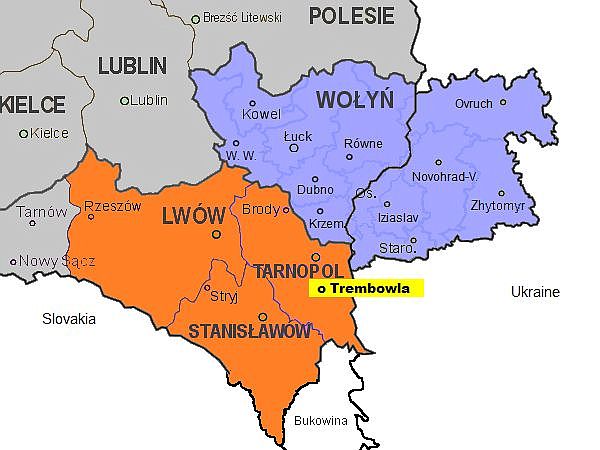
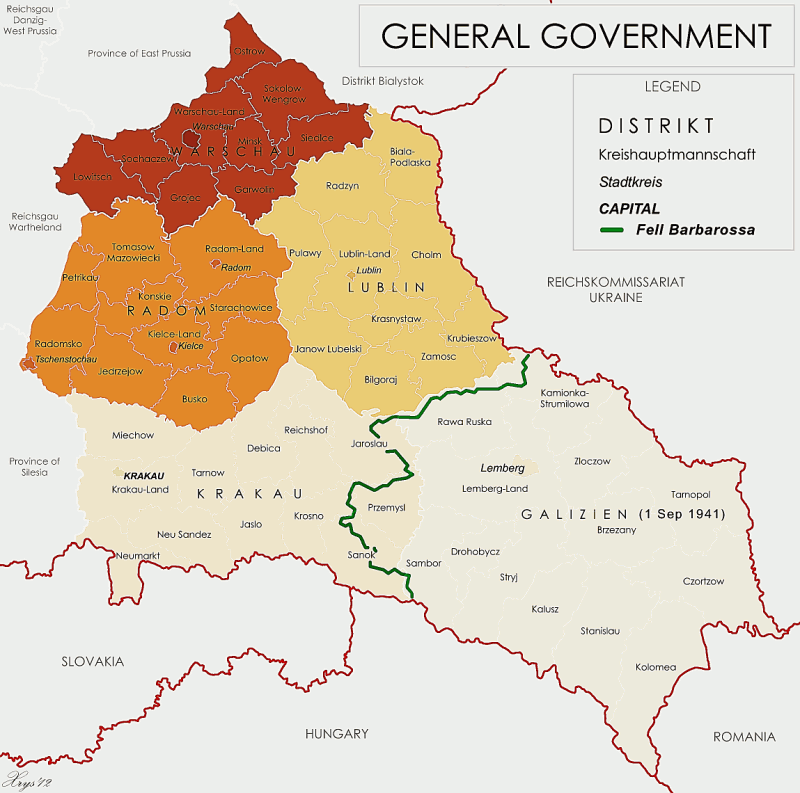
Stefania’s “war travels”- (Trembowla
 Kokpekti;
Kokpekti Kokpekti;
Kokpekti
 Nazareth Nazareth
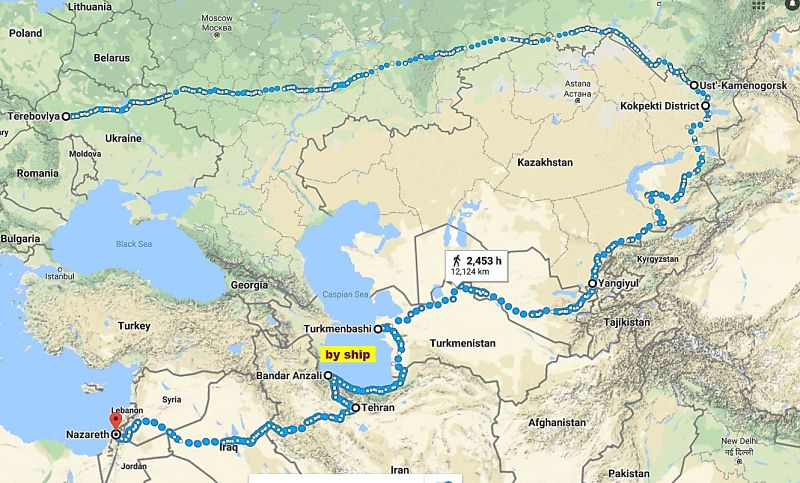
From Krasnovodsk (Turkmenbashi) to Pahlevi (Bandar-e
Anzali) – by ship, across the Caspian Sea (Google Maps)
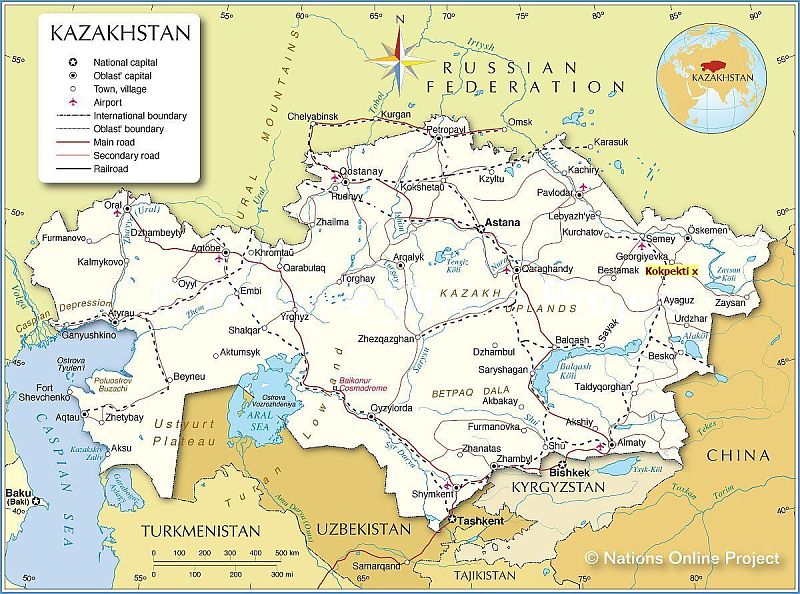
Contemporary
map of Kazakhstan
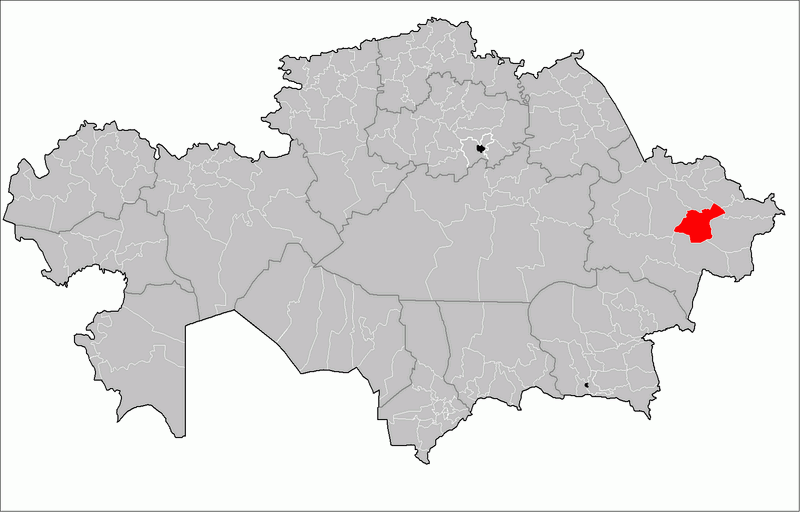
Kokpekti
District (red)
Kokpekti (Kazakh: Kökpekti awdanı) - https://en.wikipedia.org/wiki/Kokpekti_District
is a district of East Kazakhstan Region in eastern Kazakhstan. The
administrative center of the district is the selo of Kokpekti.[2]
Population: 32,069 (2013 estimate);[1] 34,679 (2009 Census results);[3]
45,746 (1999 Census results).[3]
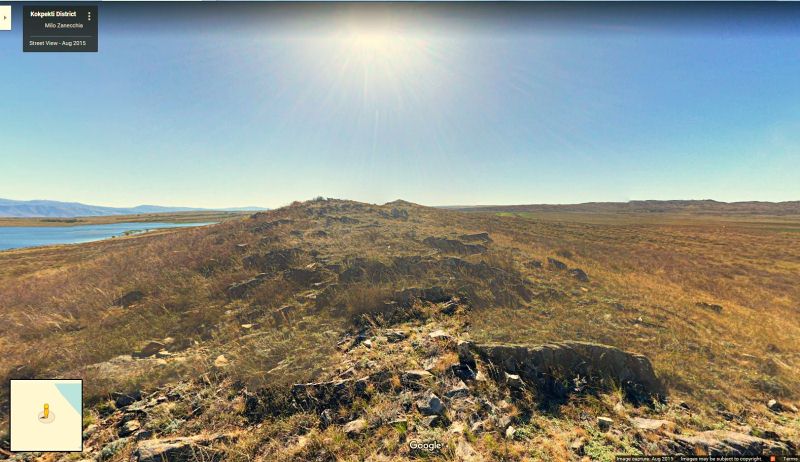
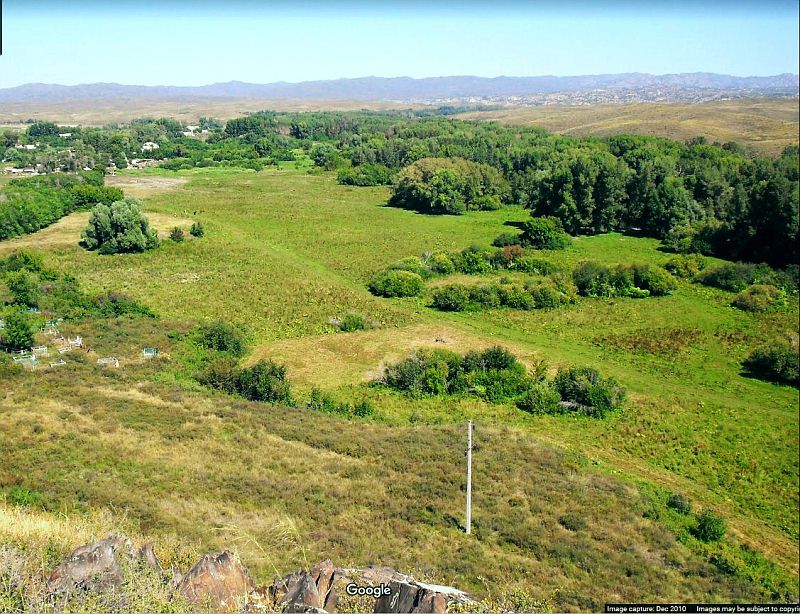
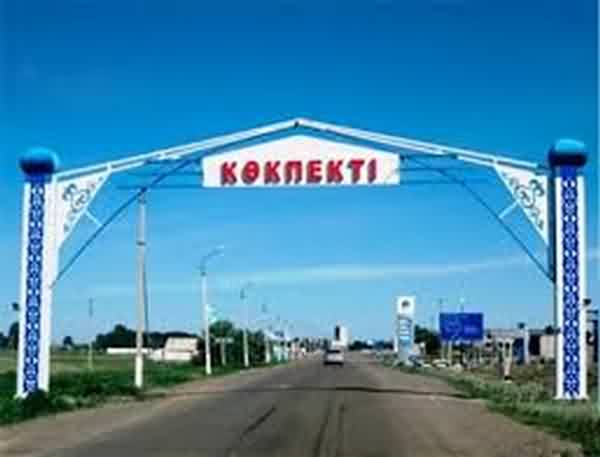

Currently – still the “Bolshevik” farm in Kokpekti, near Irtysh River
and Lake Zaysan
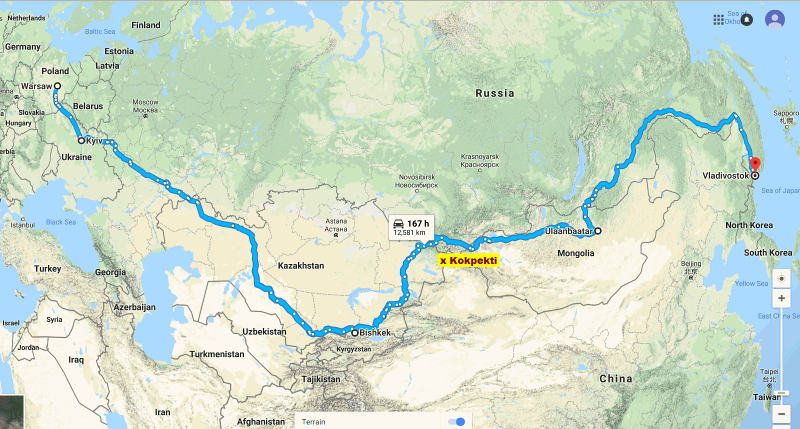
Crossing Siberia map – Kokpekti is approximately half-way between Warsaw
and Vladivostok
https://www.youtube.com/watch?v=eRQRTk9CLpo - Warsaw
https://www.youtube.com/watch?v=esJ_l1b_Ni0
- Warsaw
https://www.youtube.com/watch?v=gHoSiUzTB78
- Vladivostok
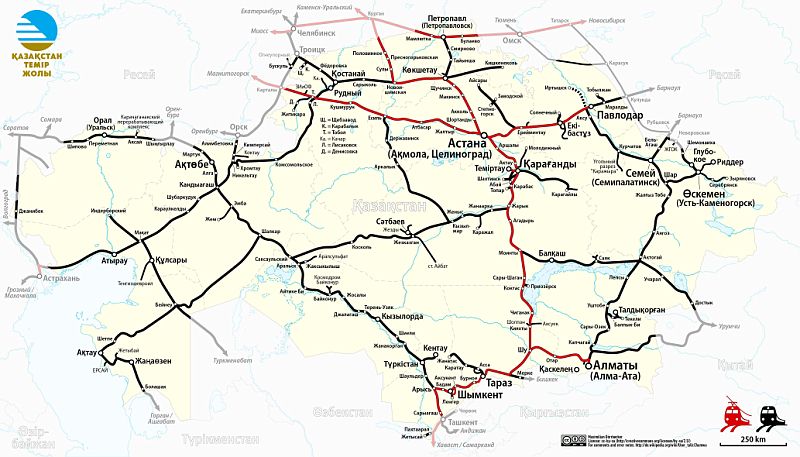
Kazakhstan –
contemporary railroad network
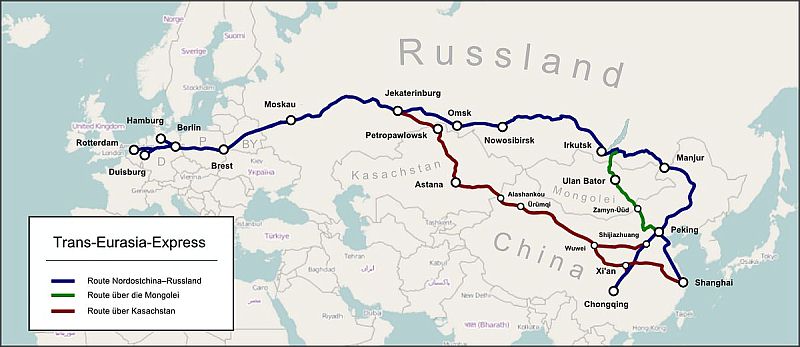
Western Europe to Mongolia and China by rail
Wincenty Frasz, “Stenia’s” father – record of imprisonment in the Soviet
Union
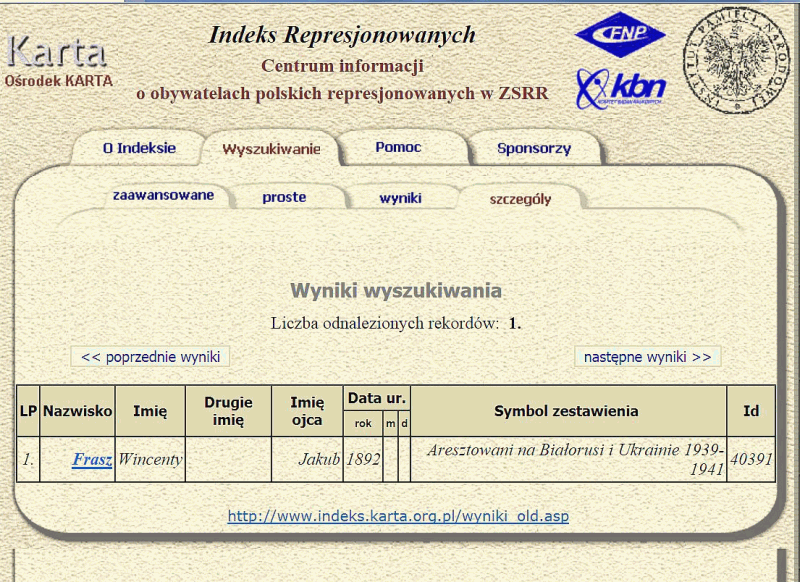
|
1 |
Areszt |
1940 |
|
|
|
|
|
Ukraińska
SRR |
Tarnopolska |
|
|
|
LP |
opis
źródła |
sygnatura |
|
1. |
Wykaz spraw prowadzonych przez organa NKWD Zachodniej
Ukrainy i Białorusi (wybór z Księgi Rejestracji Spraw
Archiwalno-Śledczych NKWD ZSRR), kopia Ośrodek KARTA - tom,
strona, pozycja (numer nadany w OK). |
ZUB- -/364/84/3 |
See also -
//www.wajszczuk.pl/english/drzewo/tekst/0062zbigniew.htm
Prepared by: Waldemar J Wajszczuk & Paweł Stefaniuk
2024
e-mail: drzewo.rodziny.wajszczuk@gmail.com
|